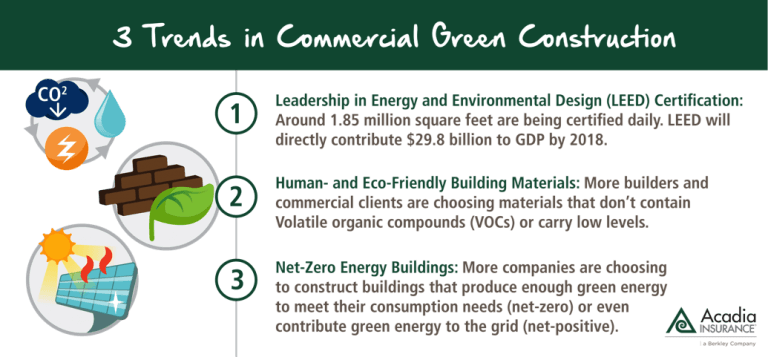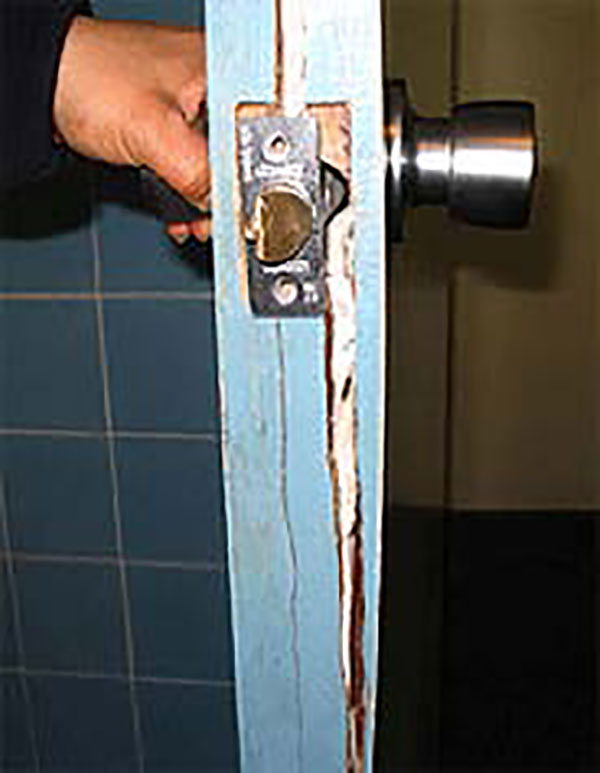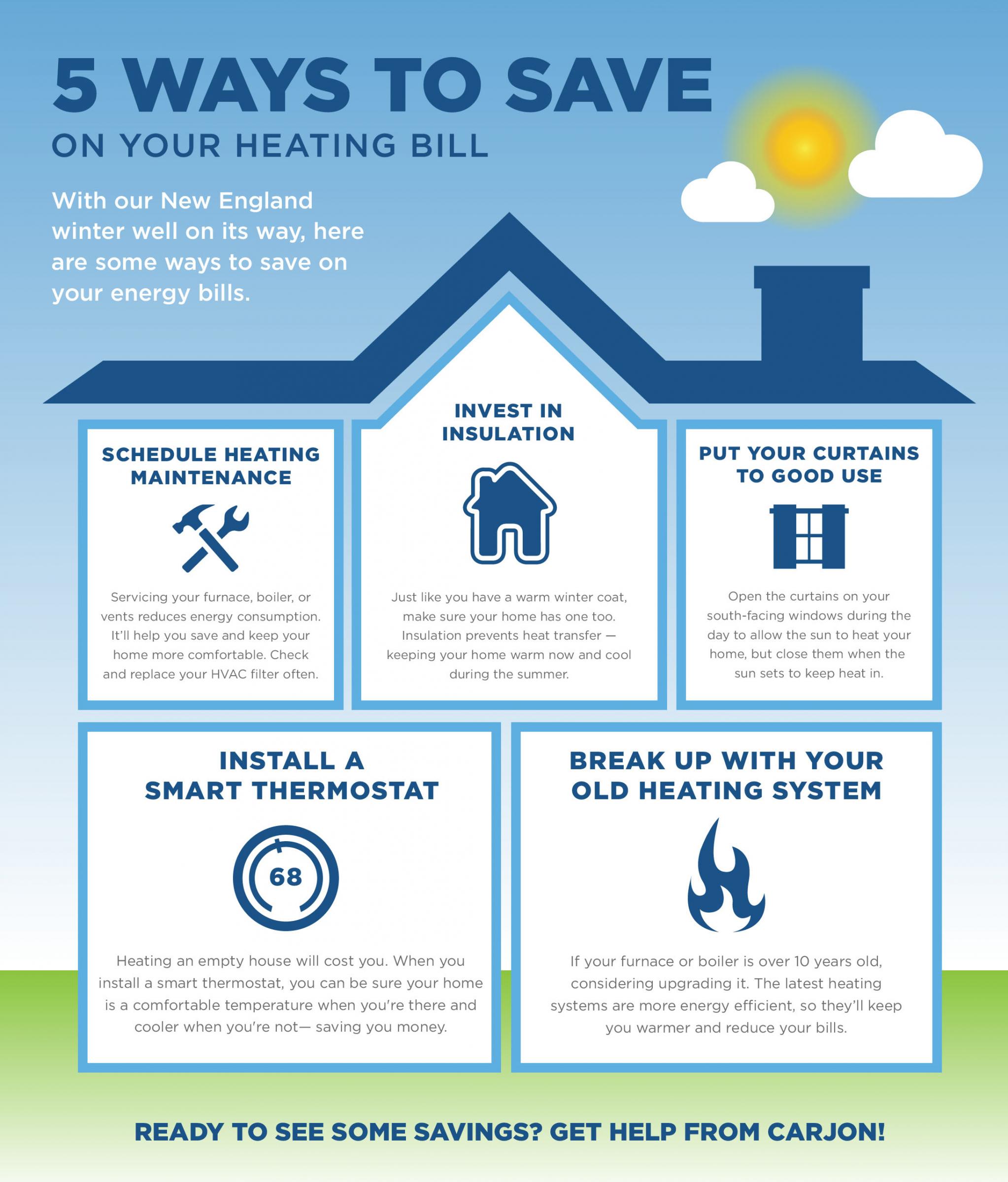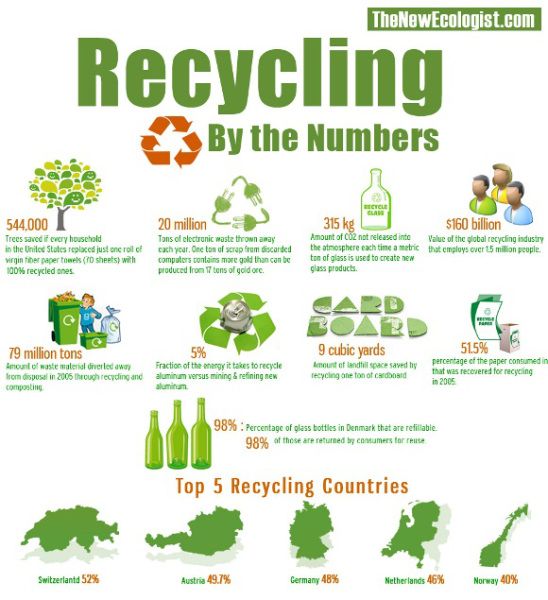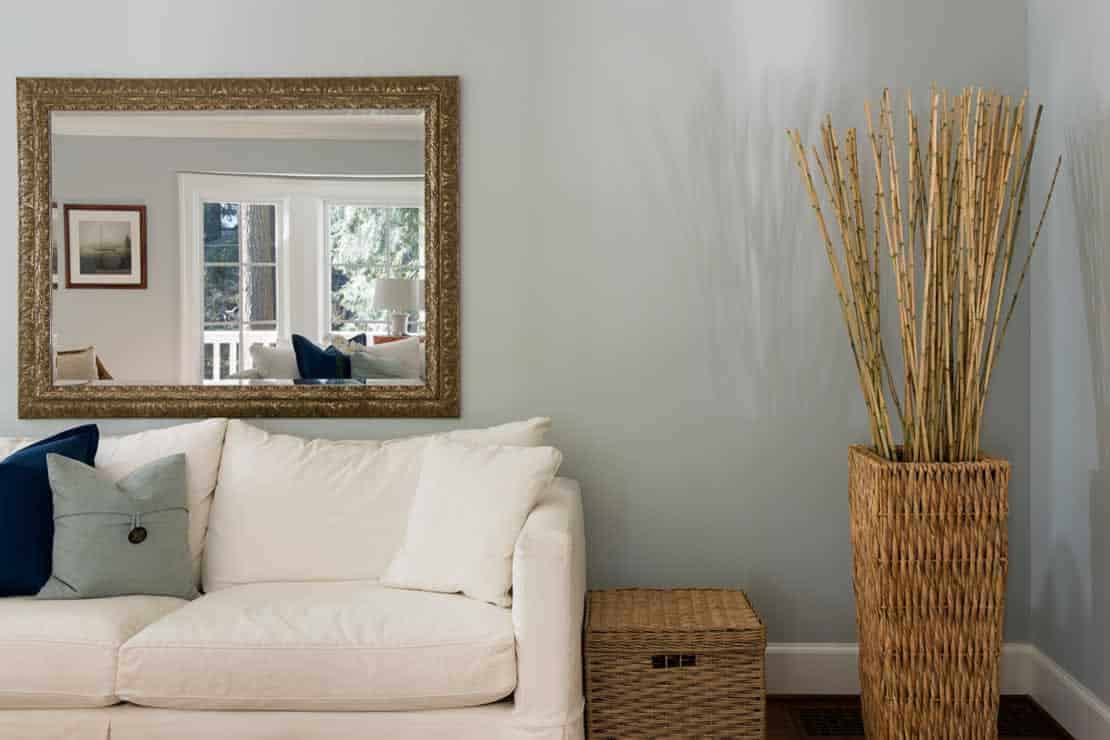It’s more fashionable and more sensible than ever to go green. With more thought and awareness channeled towards greater energy efficiency and environmentally friendly products and services, the building industry is determined not to be left out. Green construction today is characterized by the following trends:
Solar Power
Perhaps the most identifiable trend in green construction is solar power, and it’s a direction that does not expect to lose steam anytime soon. By directly using photovoltaic (PV) cells, solar panels convert light from the sun into electricity, thus relieving the house of some burden in producing energy. Also, solar power is renewable, since solar PV panels usually get enough power to send back excess energy into the atmosphere; and unlike fossil fuels, it does not produce air pollutants. For these reasons, among several others, some home builders or independent contractors are commissioned to install solar PV panels on roofs. Solar panels can also be installed at warehouses, parking garages, retail stores, and facades. In the future, this technology promises to develop many novel applications for harnessing the sun’s energy.
More Efficient Light Technology
Bear in mind, though, that the ascendancy of solar power does not mean that traditional light systems are left out of the green evolution. After all, lighting still comprises up to 30 percent of a building’s total energy consumption. So, naturally, builders have also paid attention to more energy efficient light technology. Consequently, LED lighting has become more popular than ever for three major reasons: they only need about 10 percent of the energy of incandescent lighting; they use about 50 percent of the energy consumption rate of compact fluorescent lamps, or CFLs; and they are estimated to last 40 times as long as other major types of lighting.
ENERGY STAR
Other major consumers of energy include home appliances like HVAC (heating, ventilation, and air conditioning) systems, microwaves and washing machines, which are pre-installed in most new homes. Some such products bear the ENERGY STAR label, which signifies an international standard of energy efficiency established by the EPA (U.S. Environmental Protection Agency) and the U.S. Department of Energy. Lighting manufacturers also use this standard, which is estimated to ensure a consumption of about 20 to 30 percent less energy than required.
HVAC Refinement
Even a bigger energy consumer than lighting are HVAC systems, at 50 percent. To cut down such a substantial consumption rate, home builders install ceiling fans in some rooms to reduce the workload of heating and cooling systems. Another innovation is air purification, which aids the heating function of HVAC units by using ultraviolet light and photo-reactive chemicals to generate heat.
Proper Insulation
According to Global Cranes, a provider of Rough Terrain Cranes, some builders with a strong green construction focus also practice proper insulation. With cracks and gaps in the house, air can get in. While that might not seem like a big deal to homeowners, it actually can significantly alter the level of energy efficiency in one’s home. Depending on the weather, the entry of air into the house can make the heating and cooling system work harder to heat or cool the place. As a result, the HVAC system consumes more energy. Nowadays, home builders use interlocking polystyrene concrete and phase-changing material to absorb or block excess air.

